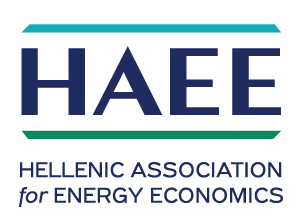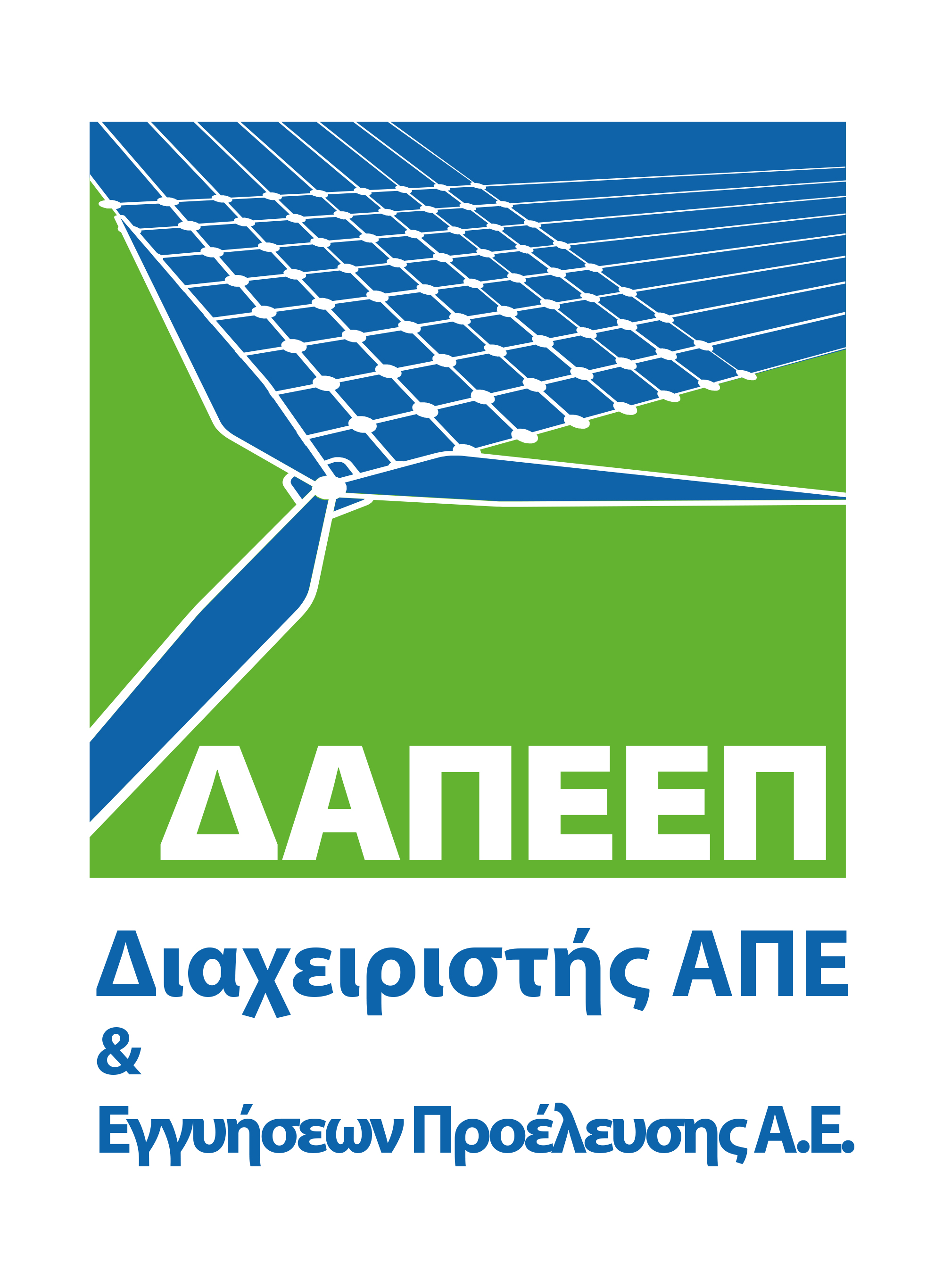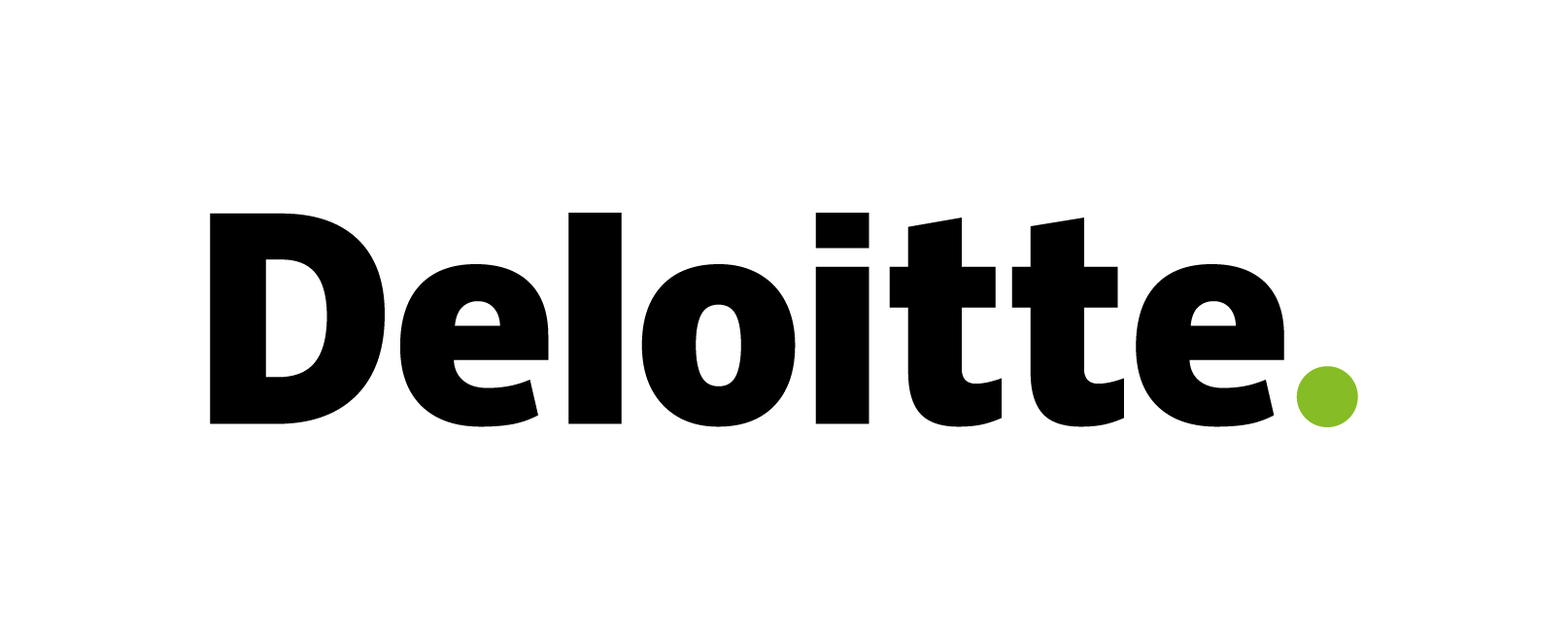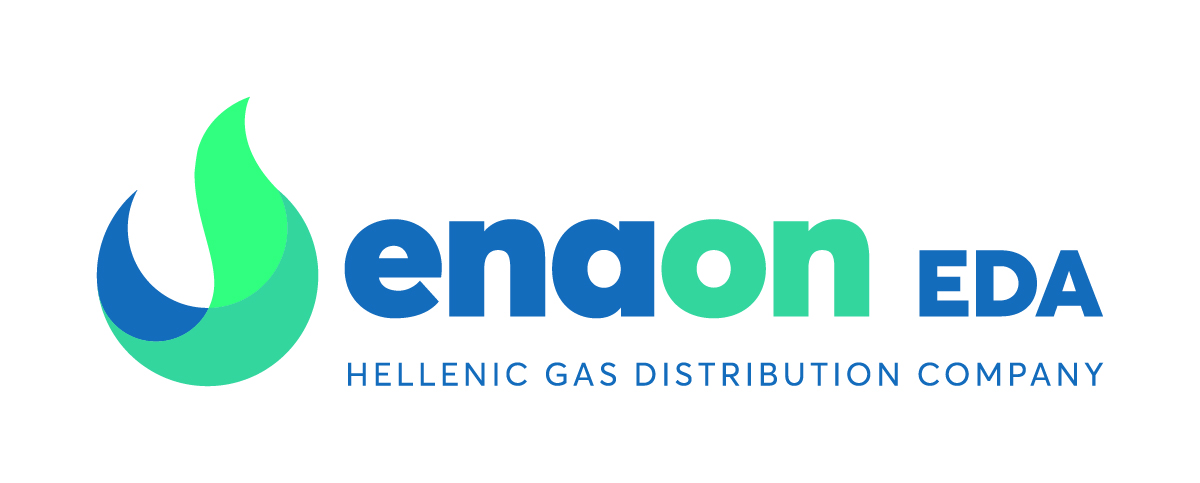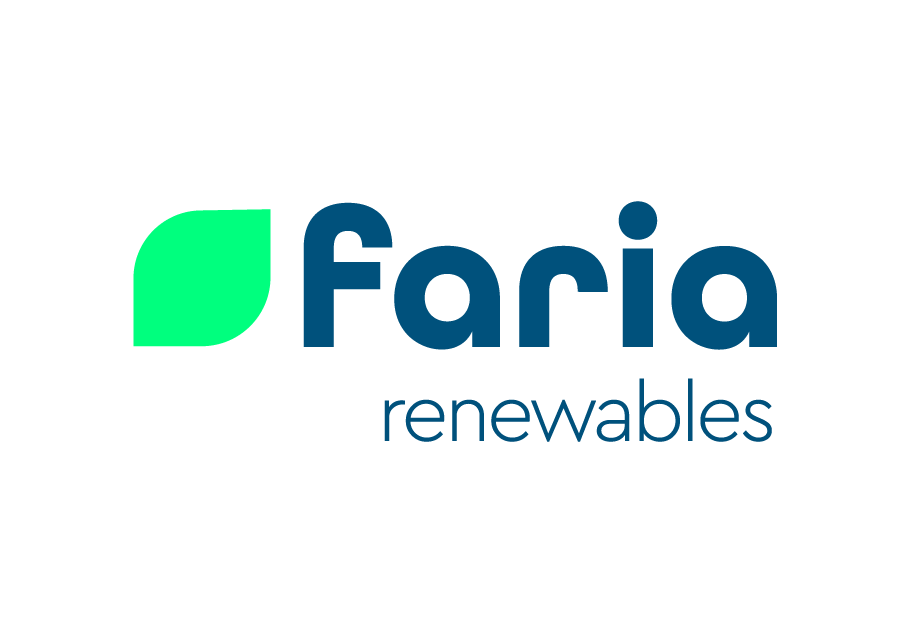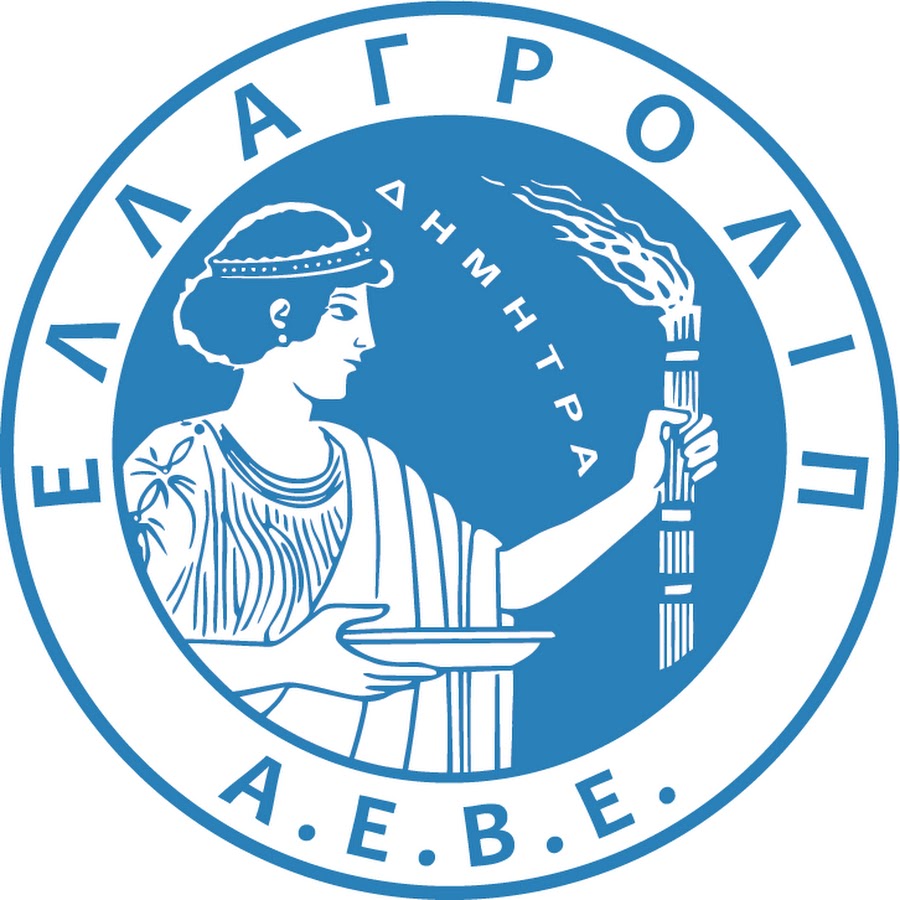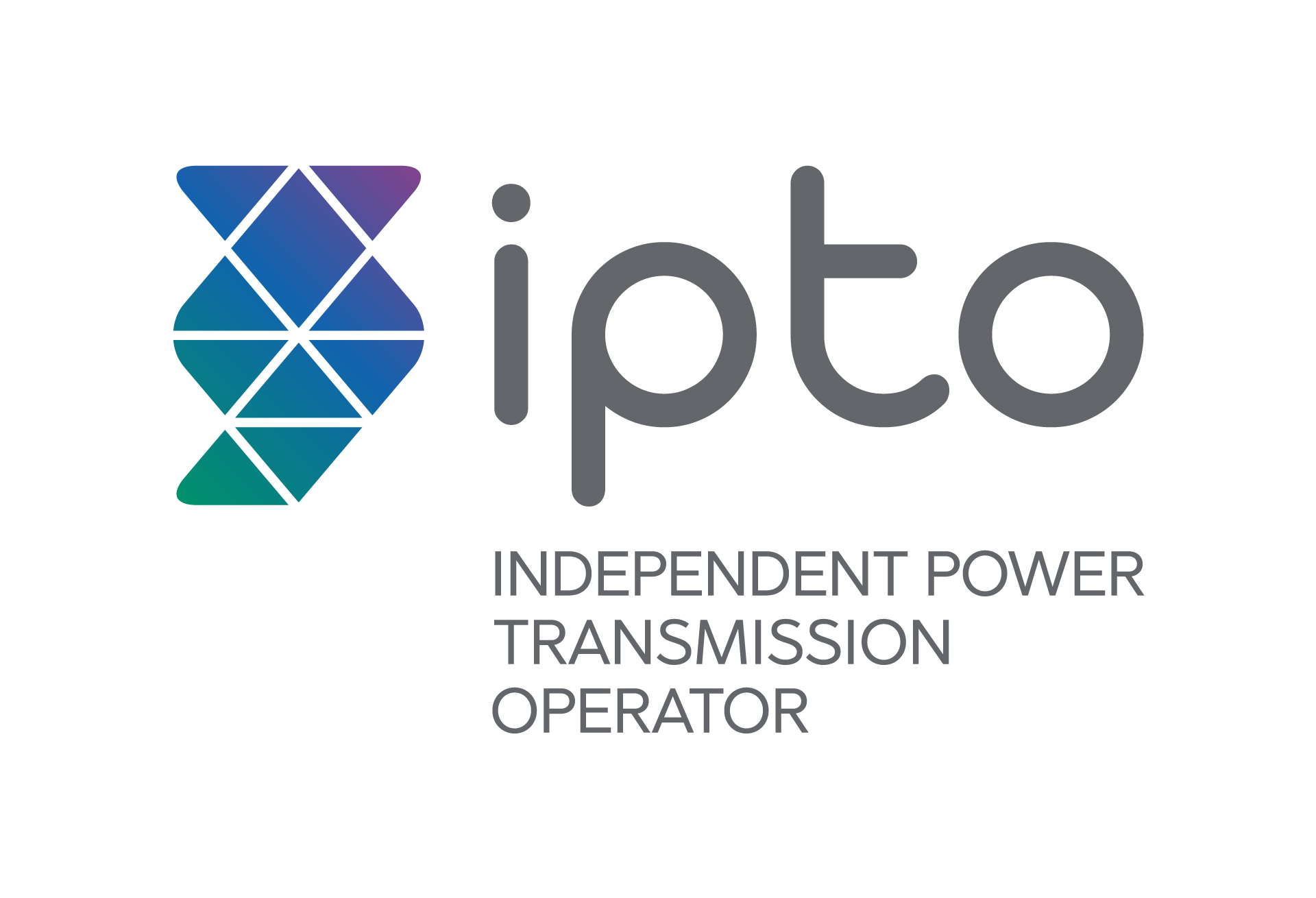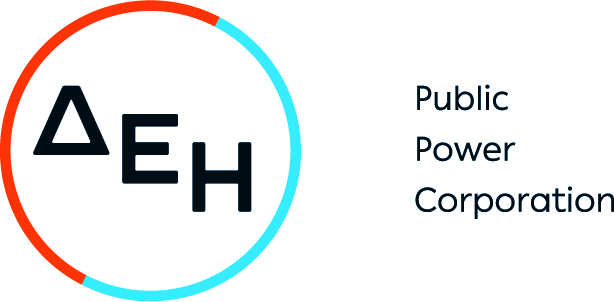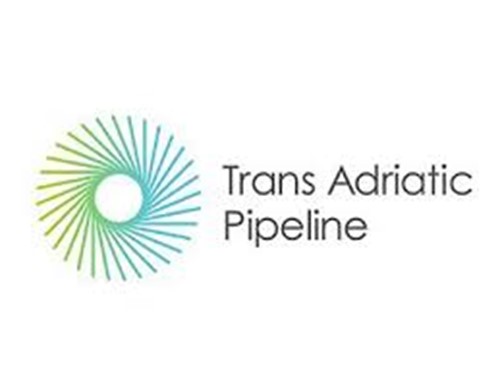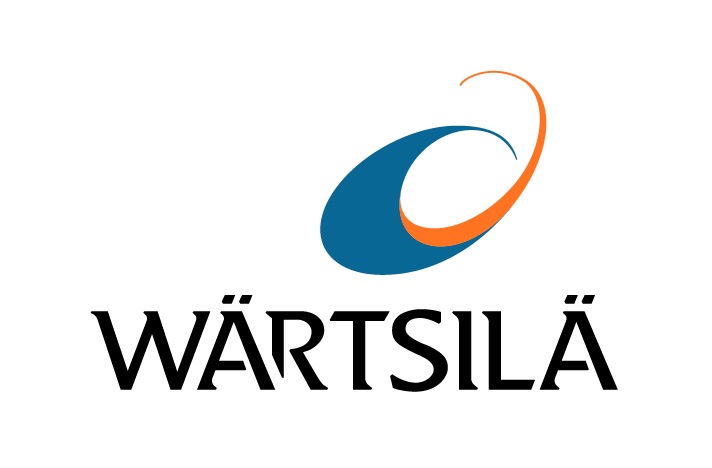Resilience is a concept with a wide range of meanings, associated with a thing or system's ability to return to its original shape after being bent, stretched, or pressed. More generally, resilience refers to the ability to be happy or successful again after something difficult or bad has happened (Cambridge Dictionary). While the common understanding of resilience is widespread, “bouncing back” is not the only facet of the concept. In the UK, the National Infrastructure Commission (NIC) has provided a broad framework for infrastructure resilience in all sectors of the economy. This framework encompasses all stages before, during, and after a shock: anticipate, resist, absorb, recover, adapt/transform.
In the power sector, several initiatives have been recently taken. First, a working group within the CIGRE Committee C4 has recently published a definition of resilience: "power system resilience is the ability to limit the extent, severity, and duration of system degradation following an extreme event." Furthermore, CIGRE shares the multi-stage approach and provides a list of key actions. Second, some recent reports by Eurelectric (in conjunction with EPRI, the North American electric utilities research consortium) and CERRE, a Bruxelles-based think tank, highlight the role of energy regulatory authorities for the improvement of resilience.
As the OECD guidelines point out, resilience is a matter of risk-based asset management. In the power sector, this implies that energy regulatory authorities often do not have sufficient skills and resources in their own staff. Cooperation with specialized research institutions is, therefore, an almost necessary step, for instance, to master complex climatological and meteorological models, without which the analysis of return periods of extreme events is not practicable. Electrotechnical standardization national bodies can also play an essential role.
Italy is an interesting case of cooperation among the national regulatory authority ARERA (the regulator for electricity, gas, district heating, water and sewage, waste management) with RSE, the general-interest research institute for the energy sector, and CEI, the technical standardization body (affiliated with CENELEC and IEC). In 2018, after a public consultation, ARERA introduced a new incentive mechanism for electricity DSOs aimed at selectively improving the resilience of the distribution grid regarding extreme weather events such as ice sleeves from wet snow or insulation problems in underground cables from heatwaves.
The rationale for such a new incentive mechanism mainly lies in the scope of the existing and successful incentive mechanism for improving continuity of supply indicators. Due to the exclusion of extreme weather events from the incentive regulation for reducing ordinary interruptions (based on SAIDI and SAIFI+MAIFI indicators), DSOs were not stimulated to improve the quality of supply in case of extremely severe weather.
Since 2018, ARERA required the major DSOs to prepare and publish their "Resilience Plan" every year: it is a rolling three-year plan of investments selected by each DSO to increase the robustness of its distribution grid. The main tool is the Risk Index, which DSOs must calculate to justify the benefits of each planned intervention. This calculation requires complex procedures that consider, for each hazard, the vulnerability of network components, the return period of extreme events, and the topological effects of the grid (number of grid users connected under the less resilient point of the grid in radial grids).
If the net benefit (equal to estimated benefit minus actual investment cost and minus expected operational cost) of the intervention aimed at improving resilience is positive, a 20% sharing is allowed in favor of the DSO who is able to commit the investments respecting the schedule indicated in its Resilience Plan. Halving the rewards is applied in case of delays greater than 6 months; no reward and penalties apply for more severe delays. An ex-post claw-black clause imposes rewards are to be restituted if the portion of network where the intervention has been commissioned is severely hit by an extreme event of the same nature for which the intervention was planned.
The first 3 years of implementation of the new incentive mechanism for improving resilience have proved to be effective in stimulating investments in this specific field, covering in three years around 8% of the total Italian customers connected to networks with lower return periods and higher risk indexes. In the first 3 years, the capital expenditure has been around half a billion euro and the incentive paid to DSOs around 40 million euro (net of 3 M€ penalties).
The regulatory work on network resilience continued with a focus on the transmission grid; the Italian TSO (Terna) jointly with RSE developed a probabilistic methodology of risk assessment, that takes into accounts the cumulated risk of energy not supplied at TSO-DSO interface considering the meshed configuration of HV networks. After a wide consultation, the methodology has been positively assessed by the regulatory authority, including a stimulus to Terna to develop capital-light solutions (like antirotational devices to hinder ice-sleeve concretion on overhead lines) for fighting against extreme weather events.
-----------------------------------------------------------------------------------------------------------------------------
* Clara Poletti is the Chairperson of ACER Board of Regulators; ARERA Commissioner
Disclaimer: "The contents of this article are the author's sole responsibility. They do not necessarily represent the views of the Hellenic Association for Energy Economics or any of its Members".


